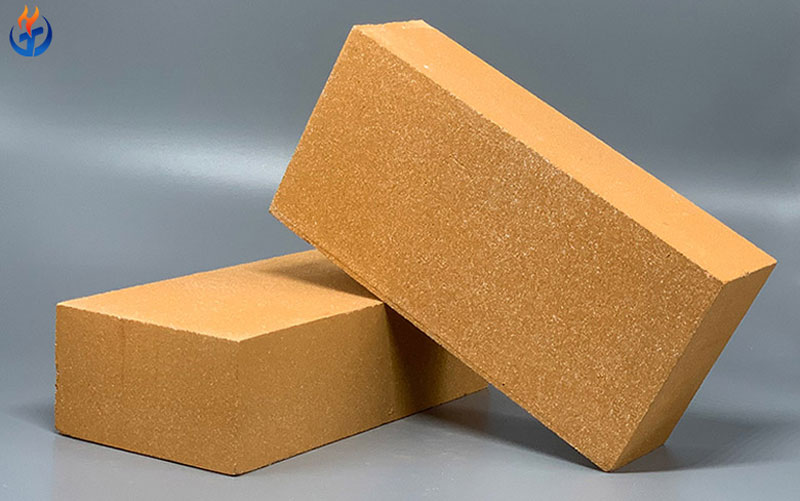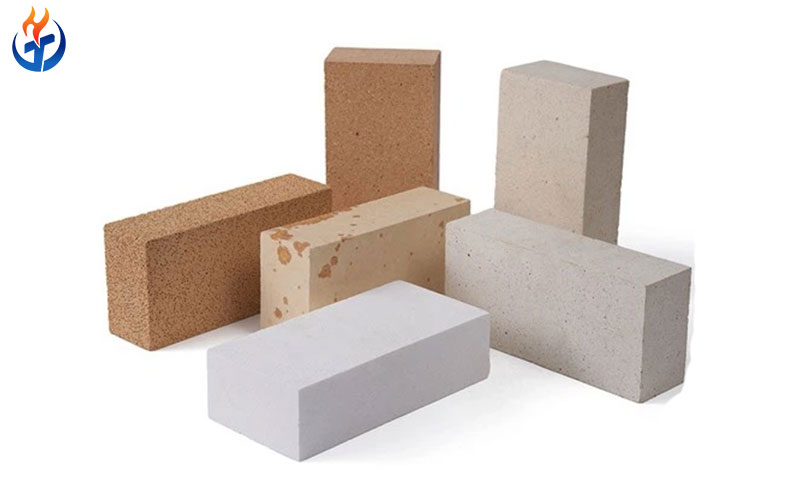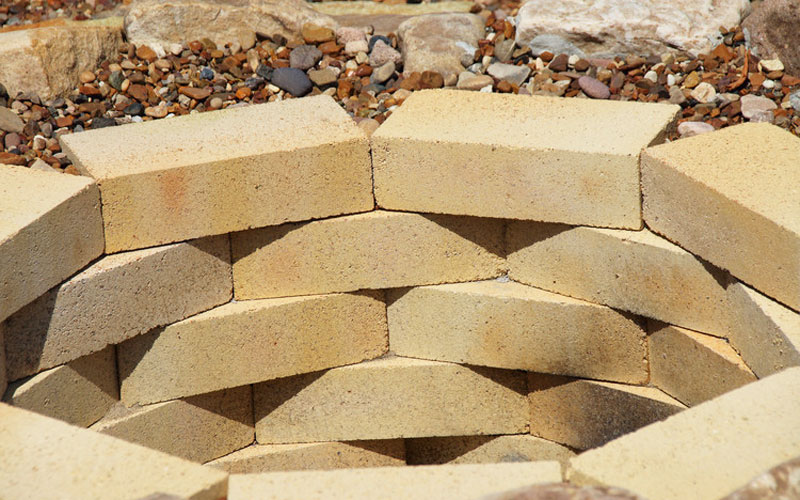Mullite is a high-performance refractory material known for its exceptional thermal stability, mechanical strength, and resistance to chemical corrosion. In industrial high-temperature applications, Mullite Bricks and Mullite Insulation Bricks are two commonly used refractory products. Though they may share a similar chemical base, their structures, performance characteristics, and application scenarios vary significantly.
At Xintai Refractory, we specialize in the manufacturing and global distribution of high-quality refractory materials. Our mullite insulating bricks are exported to countries including Ukraine, Singapore, South Korea, and Lebanon, with proven performance in various thermal systems. In this article, we will explore the key differences between mullite bricks and mullite insulation bricks, from their composition to application.
1. Composition and Structure
Mullite Bricks
Mullite bricks are classified as high-alumina refractory materials, primarily composed of the mullite crystal phase (3Al₂O₃·2SiO₂). Their alumina content generally ranges from 65% to 75%, and they may include secondary phases such as corundum or glassy silica depending on the raw material used.
These bricks are designed for structural integrity and are often used in furnace linings and load-bearing structures due to their robust mechanical properties and high refractoriness.
Mullite Insulation Bricks
While the chemical composition of mullite insulation bricks is similar, their production process introduces porosity to dramatically reduce density. Additives, foam agents, or burnout materials are included to create a lightweight, porous microstructure. This makes them particularly suitable for thermal insulation, not structural load-bearing.
2. Performance Characteristics
Mullite Bricks
Refractoriness: ≥1790°C
Load Softening Temperature: 1600–1700°C
Cold Crushing Strength: 70–260 MPa
Density: High (2.4–2.7 g/cm³)
These bricks are excellent for direct contact with flames or molten materials, often used in steel, glass, and cement kilns. Their strength and durability make them ideal for harsh thermal and mechanical conditions.
Mullite Insulation Bricks
Refractoriness: Up to 1800°C
Thermal Conductivity: Extremely low
Bulk Density: 0.5–1.2 g/cm³
Thermal Shock Resistance: Superior
Mullite insulating bricks help reduce heat loss, lower wall thickness, and improve energy efficiency. Their low thermal conductivity is crucial in retaining heat within the furnace and lowering fuel costs.
3. Production Process
Mullite Bricks
These are typically made via two methods:
Sintered Mullite Bricks
Raw materials: high alumina bauxite, clay
Process: Mixing → Molding → High-temp firing
Features: Dense and strong bricks with excellent structural properties
Electrofused Mullite Bricks
Raw materials: industrial alumina, clay, coke fines
Process: Fusion in electric arc furnaces
Features: High purity and improved creep resistance
Mullite Insulation Bricks
Manufacturing involves techniques to reduce density and create porosity:
Foaming Method
Additive Burnout
Gas Release/Gassing Agents
These bricks are usually shaped and fired at lower temperatures than dense bricks, with careful control over pore size and distribution.
4. Applications
Mullite Bricks Applications
Steel industry: Blast furnaces, converter linings, electric arc furnace roofs
Cement industry: Preheaters, transition zones
Glass kilns: Tank furnaces, crown blocks
Petrochemical: Thermal reactors, reformers
Their strength and thermal shock resistance make them ideal for load-bearing and heat-facing sections of kilns.
Mullite Insulation Brick Applications
Insulation layers of hot blast stoves
Roofs of regenerative chambers
Ceramic sintering kilns
Glass melting furnace walls
Dead zones in oil cracking furnaces
By providing excellent insulation, they reduce heat loss and optimize energy consumption without compromising durability.
5. Construction and Installation Advantages
Mullite Brick Construction
Requires thick walls for insulation
Heavy and robust
Uses more refractory mortar
High initial heat-up energy required
Mullite Insulation Brick Construction
Lighter = easier to handle and install
Lower mortar usage = cost-effective
Reduces wall thickness
Faster heating and cooling cycles
Ideal for intermittent kiln operations
These characteristics help lower operational costs and improve maintenance cycles for high-temperature kilns.
6. Summary of Key Differences
| Feature | Mullite Brick | Mullite Insulation Brick |
|---|---|---|
| Density | High | Low |
| Thermal Conductivity | Moderate | Low (excellent insulation) |
| Mechanical Strength | Very High | Moderate |
| Refractoriness | Up to 1790°C | Up to 1800°C |
| Applications | Structural lining | Insulating backup layers |
| Production Process | Sintering / Electric melt | Foam, burnout additives |
| Weight | Heavy | Lightweight |
Why Choose Xintai Refractory for Mullite Products?
- Custom Solutions: We offer size and shape customization for complex thermal structures
- Advanced Manufacturing: Our factory is equipped with fully automated batching and tunnel kilns
- Strict Quality Control: Dimensional inspection, chemical testing, and third-party certifications
- Global Reach: Products shipped to 80+ countries with long-term customers worldwide
- Expert Support: From consultation to installation, we provide one-stop refractory service
Contact Us for Expert Advice
Whether you require dense mullite bricks for extreme furnace conditions or insulating bricks to reduce heat loss, Xintai Refractory can offer high-quality solutions tailored to your project. Our technical engineers are ready to recommend the best refractory structure for your operation.
👉 Get in touch now for a quote or free consultation.



